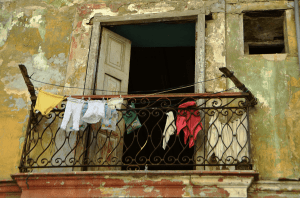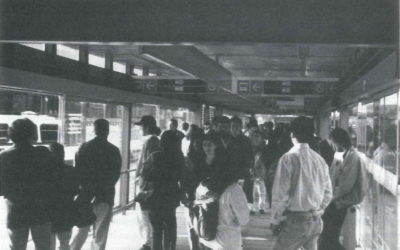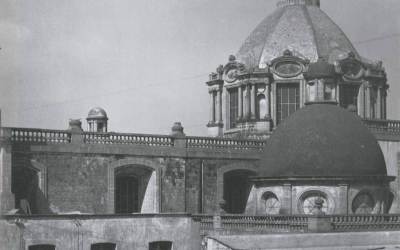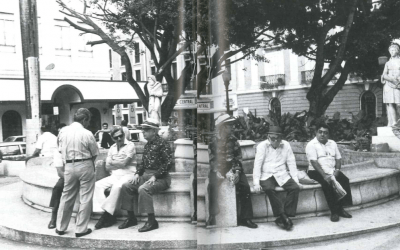Thinking on Havana

“interesting Views From The Street In Havana” by bud ellison – from the street is licensed under CC BY 2.0
Important as it is, preserving Havana´s very valuable architectural heritage could end in a nostalgic, meaningless task—threatened by elitism and the lack of authentic everyday life—if it is not coupled with a comprehensive economic and social development that actively involves the participation of the population within the basic principles of ecological soundness. This participation is only possible if it starts at a community base and is felt by the population as something that would directly improve their living conditions. Thinking, management, institutions and work styles should adjust to an endless changing reality, and not the opposite. That realizable utopia requires a visceral commitment of all Cubans, not only to save the built environment but also to preserve from degradation and cynicism a human capital amassed with endeavors, successes, mistakes, hardships and illusions.
Havana has endured many difficult tests in its long history, some apparently terminal blows, and has come out bruised but graceful. Because, in the end, the shared complicity imposed by time layer after layer has woven a thick mesh of relations and meanings which transcend the facades to include the people that mill along the streets without ever needing to look up to know that their lifelong companion of dreams remains stubbornly in place, peeling, staggered, eroded by salt and water, marvelous and incredibly alive, still useful. A city that no longer is, but continues being.
Mario Coyula-Cowley is Professor Emeritus at the Faculty of Architecture, ISPJAE, Havana and former director of the Group for the Integral Development of Havana. He was the Robert F. Kennedy Visiting Professor at Harvard’s Graduate School of Design, during Spring semester, 2002. Coyula’s essay “Havana Always: Challenges and Opportunities at the Beginning of the New Millenium” may be read in its entire version on the DRCLAS website.
Related Articles
Bogotá: A City (Almost) Transformed
The sleek red bus zooms out of the station in northern Bogota, a futuristic symbol of an (almost) transformed city. Nearby, thousands of cyclists of all ages enjoy a sunny morning on Latin America’s largest bike-path network.
Editor’s Letter: Cityscapes
I have to confess. I fell passionately, madly, in love at first sight. I was standing on the edge of Bogotá’s National Park, breathing in the rain-washed air laden with the heavy fragrance of eucalyptus trees. I looked up towards the mountains over the red-tiled roofs. And then it happened.
Social Spaces in San Juan
My city, San Juan, is a social city. Its character and virtue are best illustrated and defined by the collective and individual memories of its people and those places where we go to spend time in idleness….




